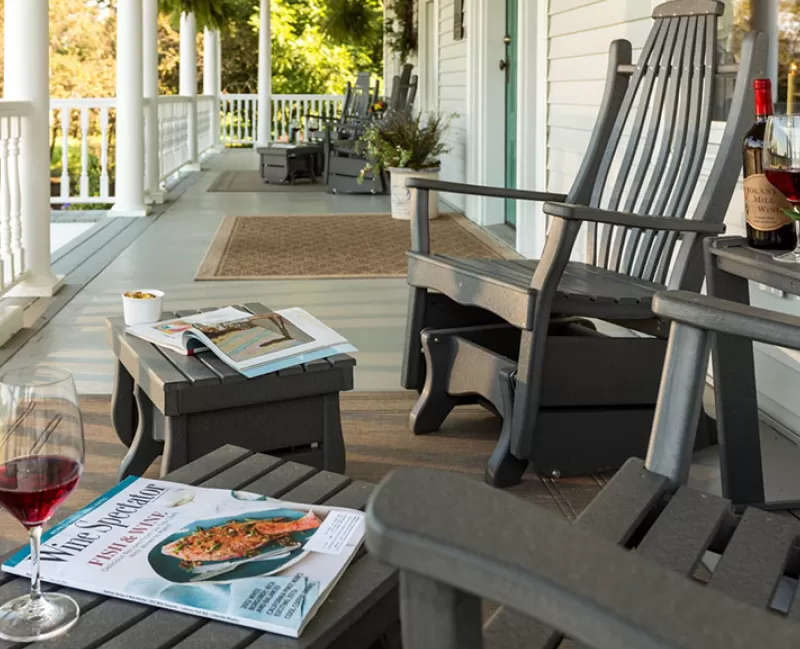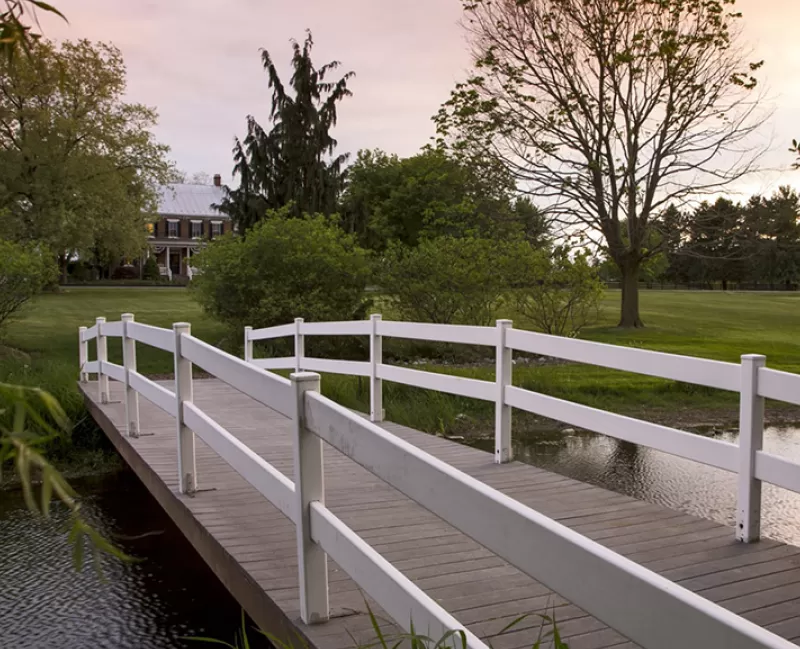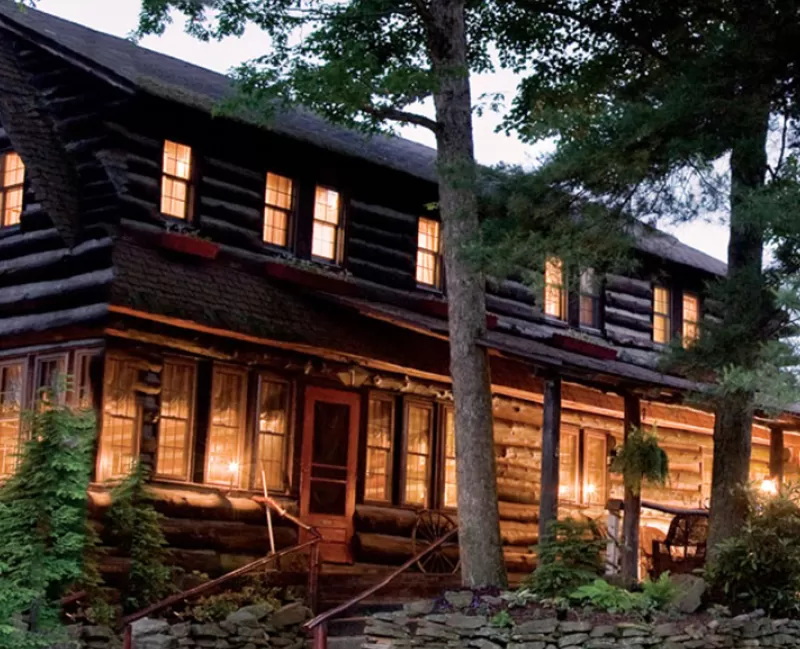Pennsylvania's Historical Destinations
Whether looking for fun historical activities in Pennsylvania for your kids or a charming, romantic getaway with your sweetheart, you have many ways to make memories in the USA's second state.
Historical Places to Visit in Pennsylvania
Pennsylvania contains many historical sites worth exploring, from colonial Philadelphia to industrial Pittsburgh and beyond. Here are some of our favorites:
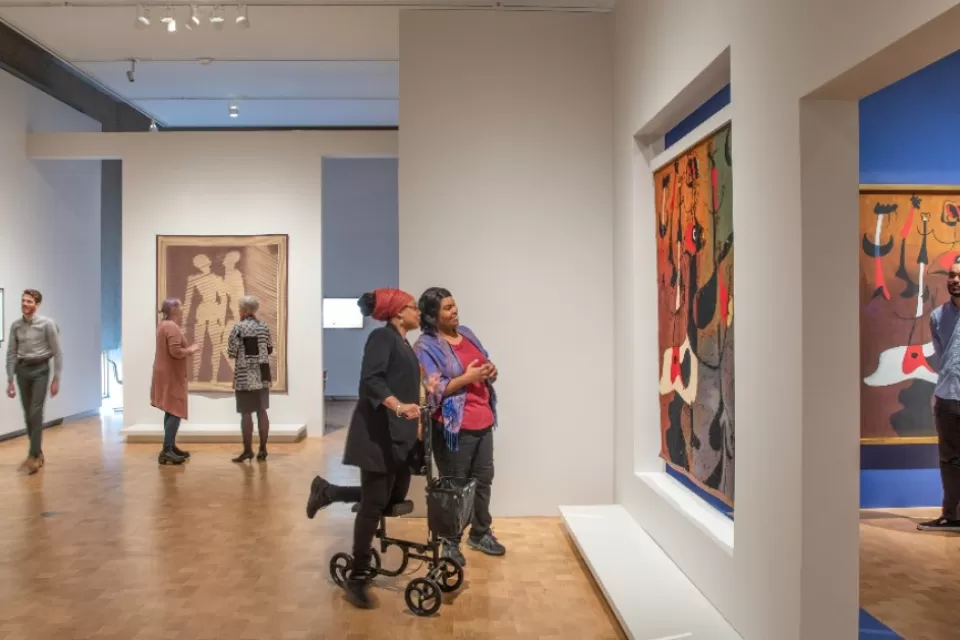
Bucket List Museums
Some of the most fascinating museums in the country call Pennsylvania home, such as:
- Steamtown National Historic Site: Dedicated to preserving the history of steam locomotives and railroads, the Steamtown National Historic Site in Scranton is the perfect place for any train enthusiast.
- Kennett Underground Railroad Center: Visit the Kennett Underground Railroad Center to learn about the history of the Underground Railroad and its impact on Pennsylvania's history.
- Carnegie Museum of Natural History: You have many reasons to visit Pittsburgh, but the Carnegie Museum of Natural History should top your list. After exploring the city, behold this museum's 22 million specimens, a testament to the history of Earth's life and evolution.
- Andy Warhol Museum: For the art enthusiast, discover the history and home of Andy Warhol at the Andy Warhol Museum.Find yourself immersed in a world of pop art and American culture as you explore the seven floors of this Pittsburgh museum.
- Barnes Foundation: A treasure trove of modern art, the world-renowned Barnes Foundation museum will bring you up close to a collection of paintings from some of the most famous painters of all time, including Monet, Picasso, and Matisse.
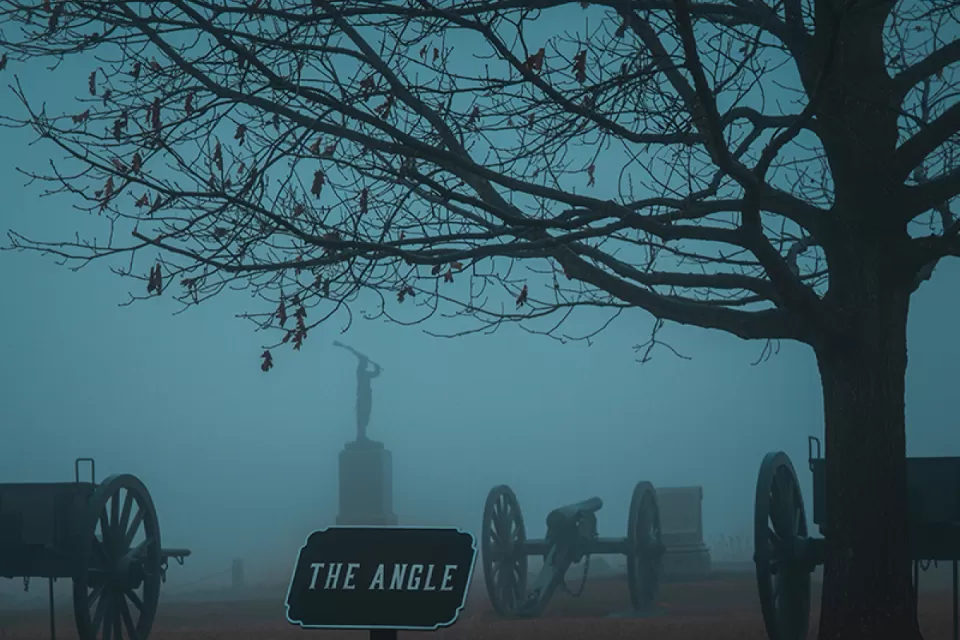
Haunting Battlefields
A key player in American independence and beyond, Pennsylvania's battlefields are a testament to the courage and perseverance of its soldiers. See the sites for yourself at:
- Fort Ligonier: Known as the best-preserved fort from the French and Indian War, Fort Ligonier is a must-see for history buffs. Visit the site to learn more about the Battle of Fort Ligonier and behold original paintings and archeological discoveries.
- Gettysburg: When you visit Gettysburg, you'll find yourself in the middle of the most hallowed ground of the Civil War, which today is home to monuments and memorials honoring the fallen.
- Brandywine Battlefield: Explore the 50-acre battlefield where the Revolutionary War's largest land engagement took place at the Brandywine Battlefield Historic Site. The site also has short films about the battle and historical exhibits with uniforms, weapons, and artifacts.
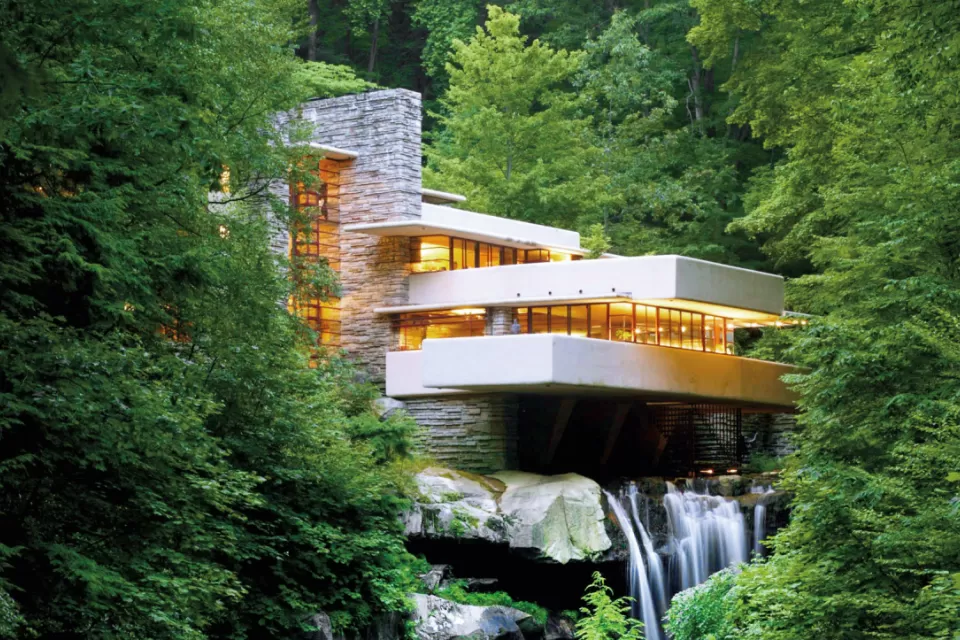
Architectural Feats
Pennsylvania is home to some of the most architecturally significant structures in the United States. From the Pennsylvania State Capitol and Frank Lloyd Wright's Fallingwater to the Historic Tunkhannock Viaduct, Kinzua Bridge and Philadelphia's City Hall, Pennsylvania boasts a wealth of examples of how architecture can create awe-inspiring spaces and experiences.
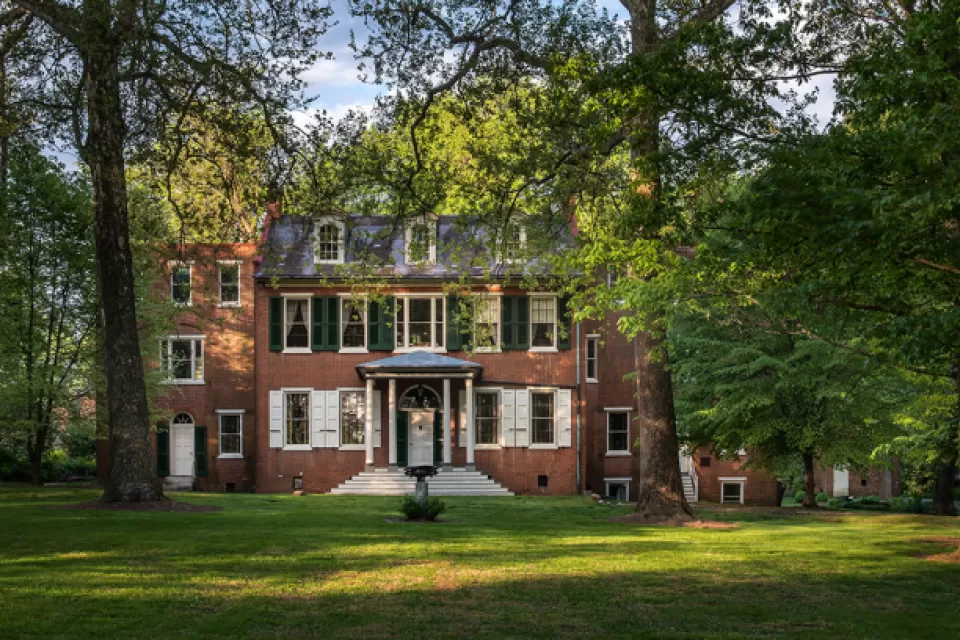
Historic Downtowns
Pennsylvania is one of America's most historical states, and its downtowns are just as rich in history. Stop by historical towns in Pennsylvania like:
- York: This city was the site of notable historic events like the signing of our nation's first constitution in 1777. The city has many colonial homes and notable buildings for visitors to see.
- Lancaster: With a long history dating back to 1742, Lancaster boasts fresh farmers markets, architecture, art, and even a thriving Amish community.
- Altoona: See the marvels of the historic railroads here with the Horseshoe Curve National Historic Landmark. The city is also home to a historic district with hundreds of buildings from the late 1800s.

